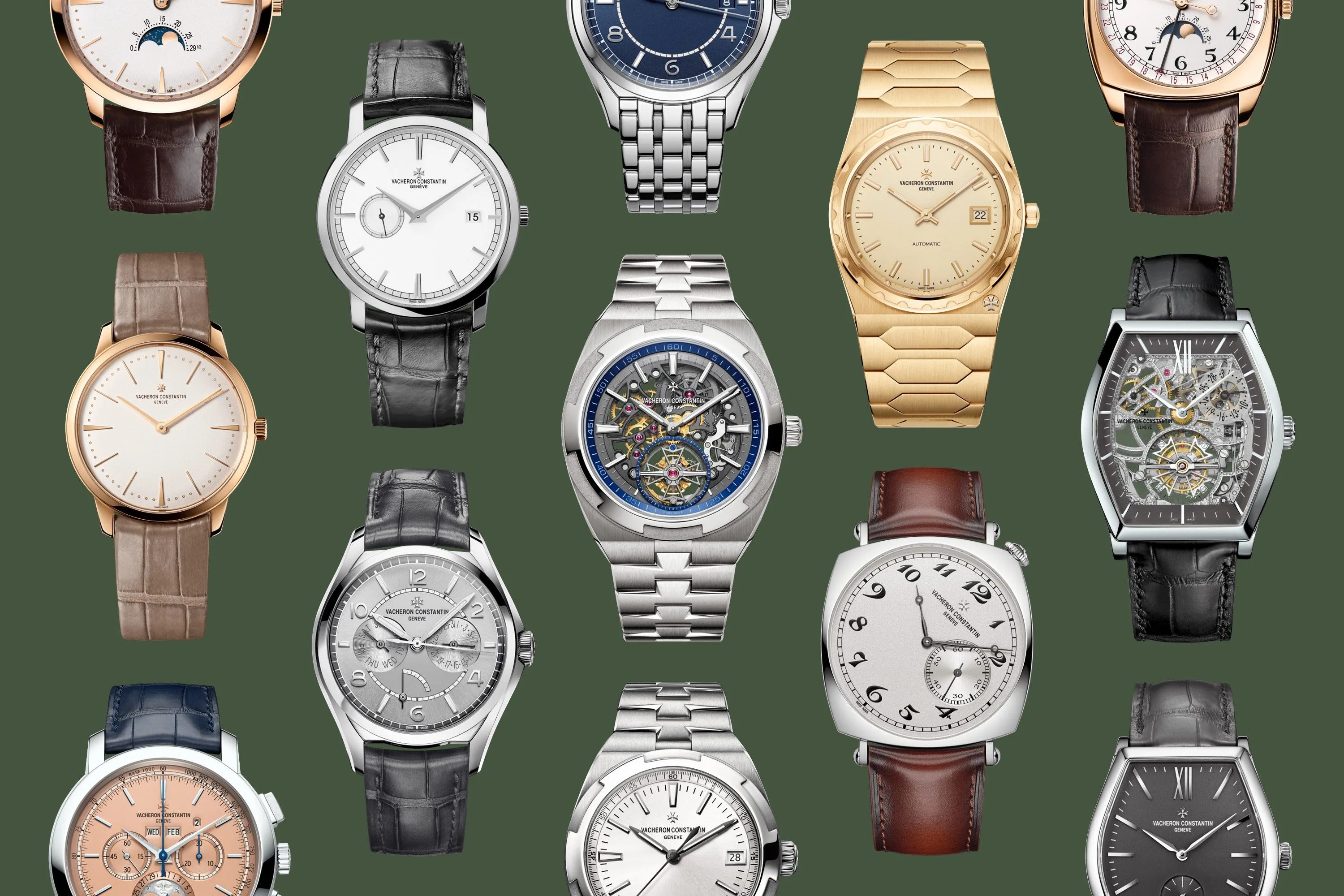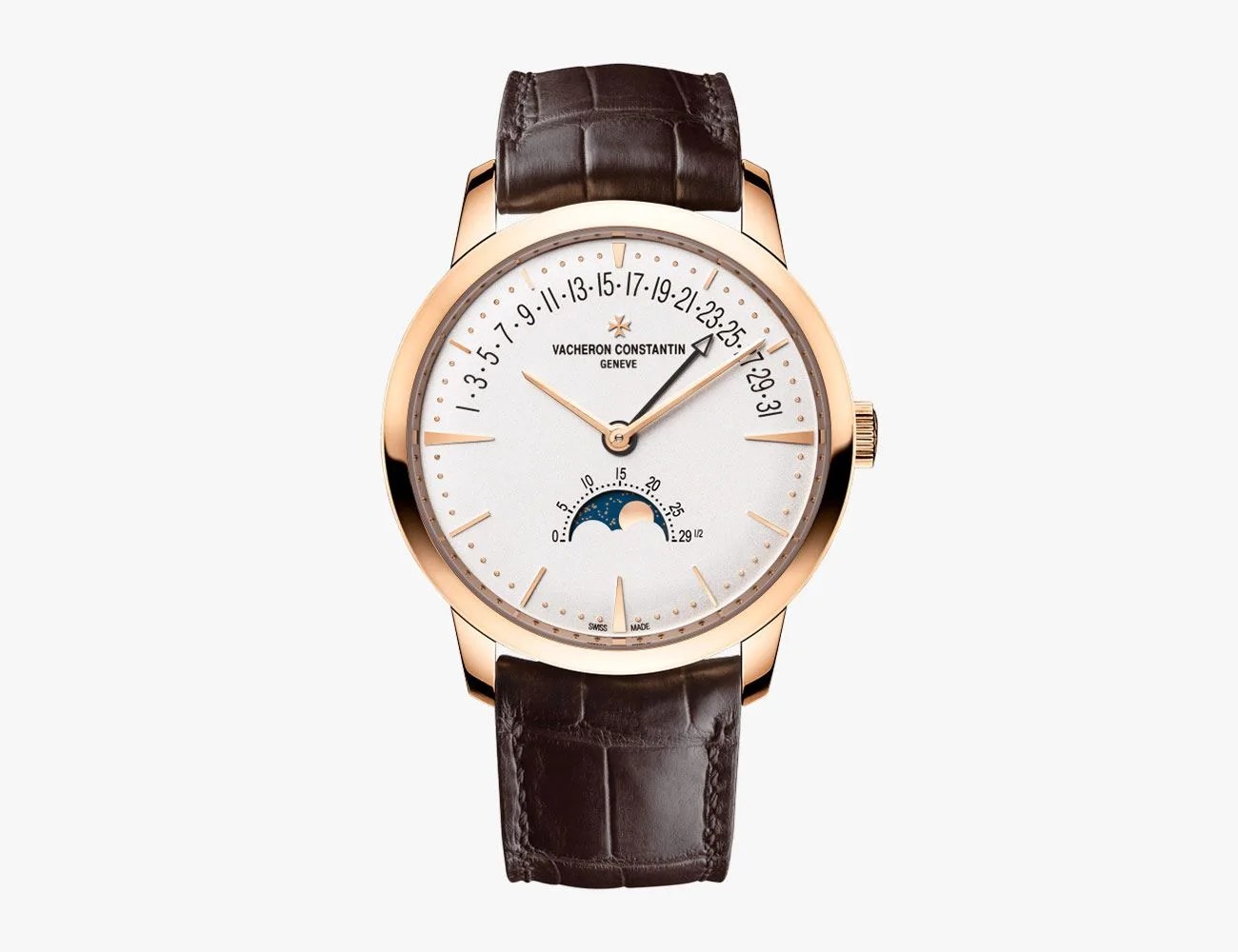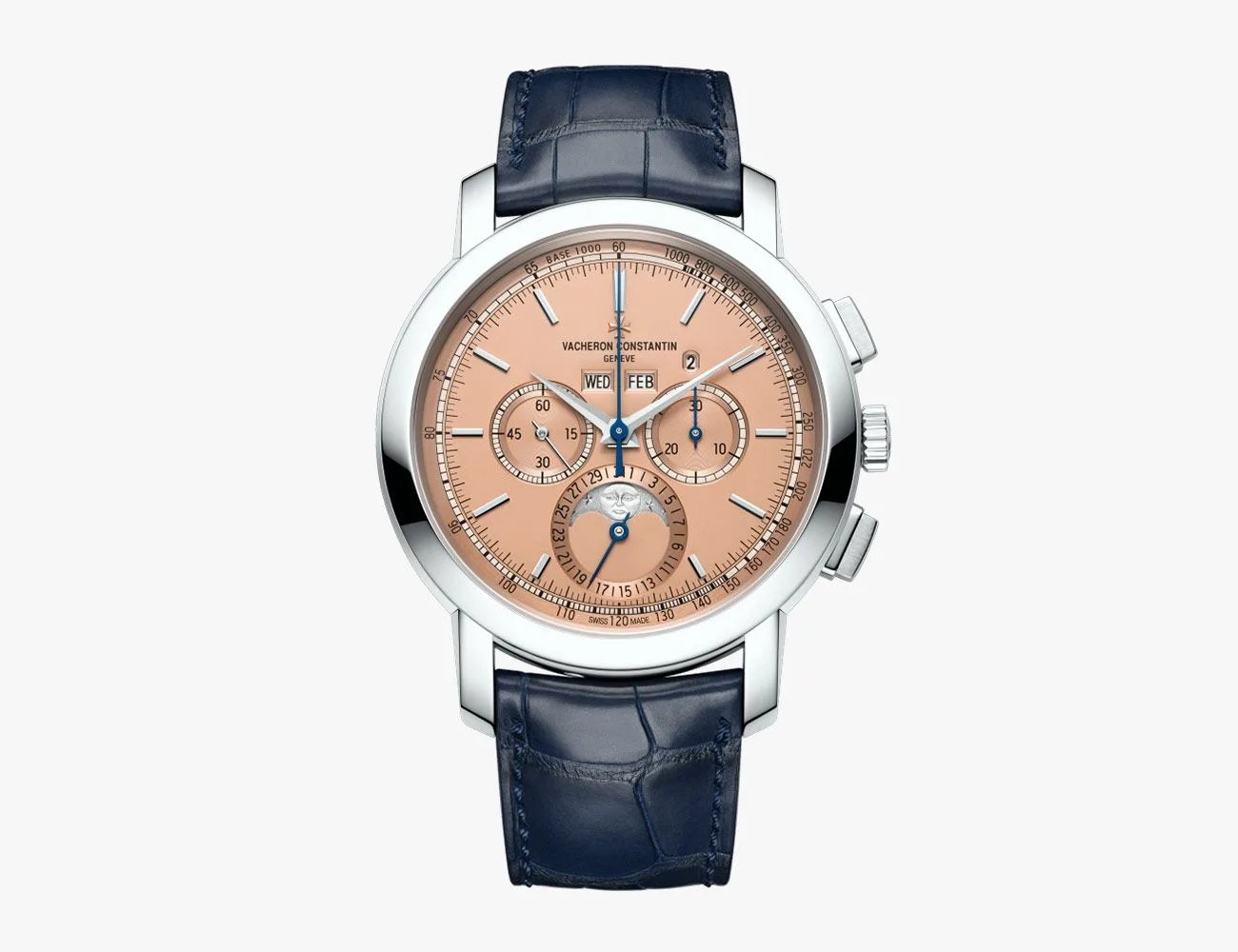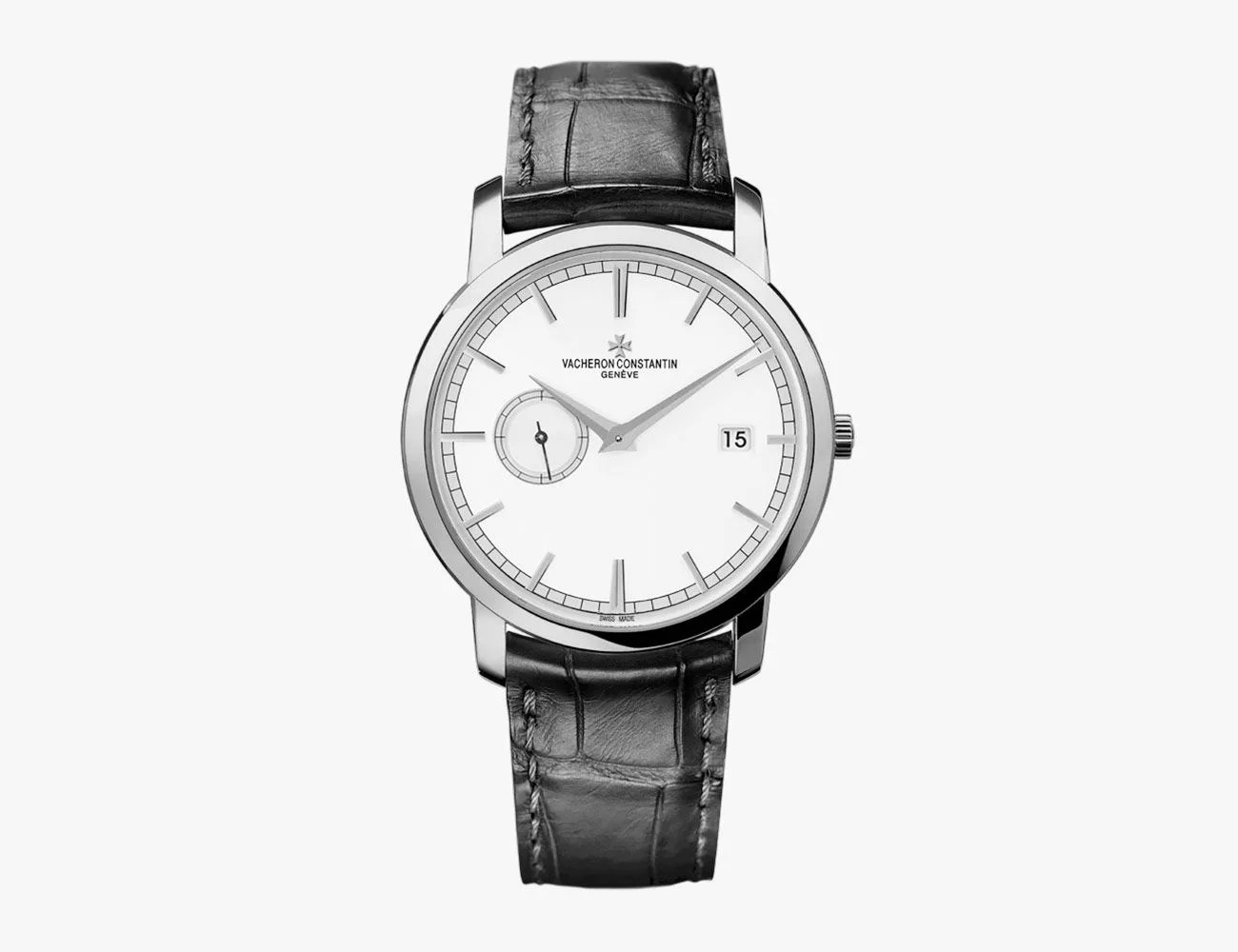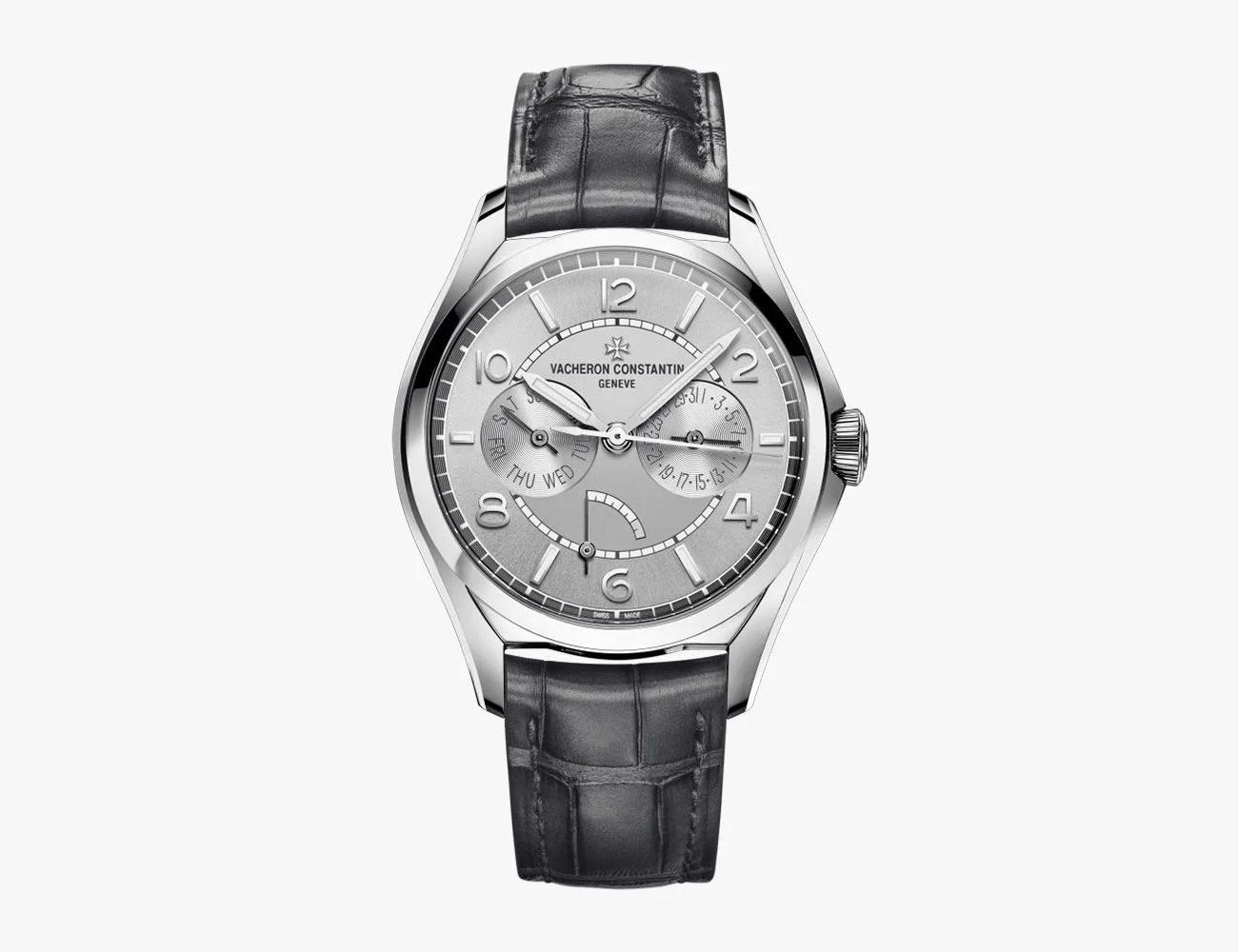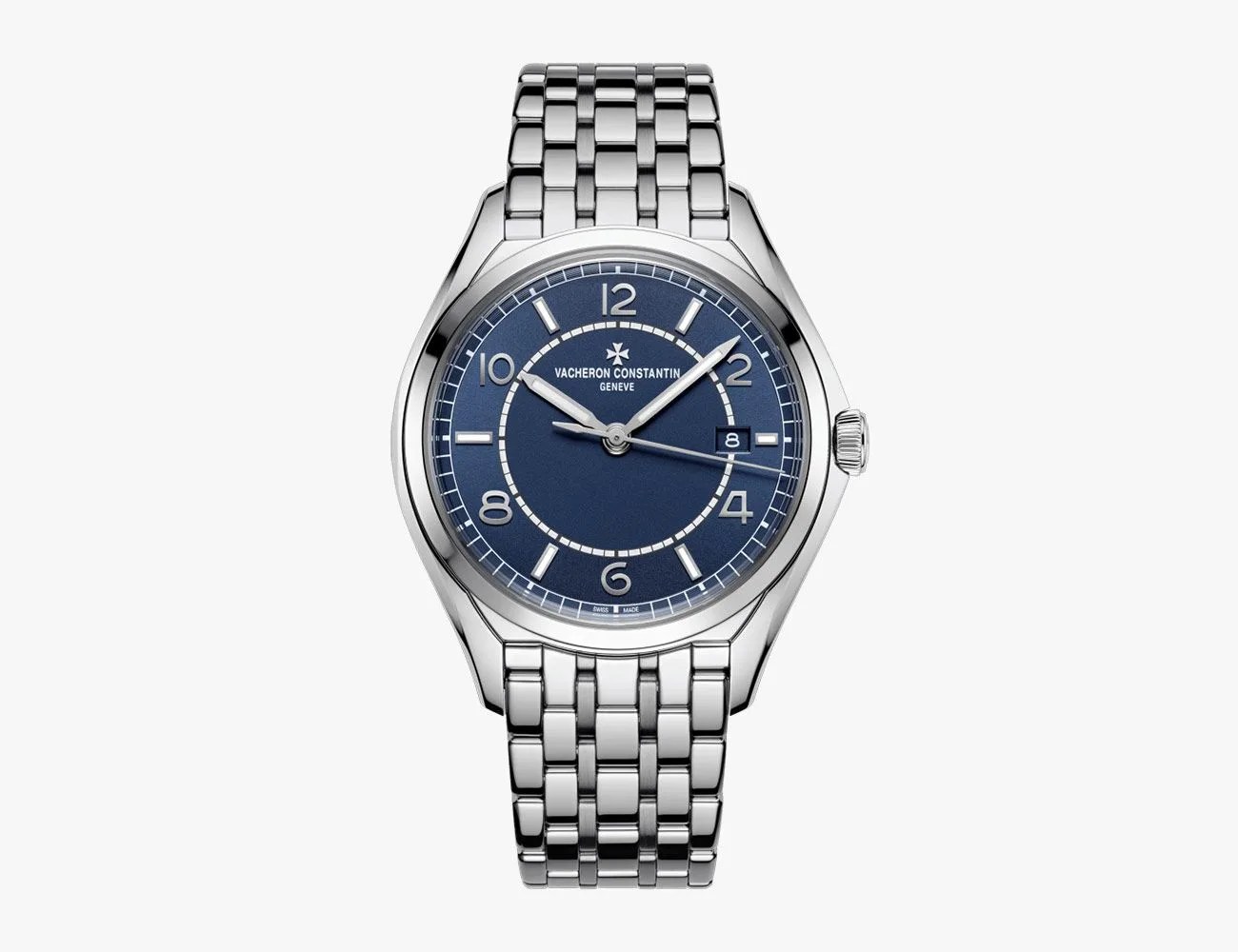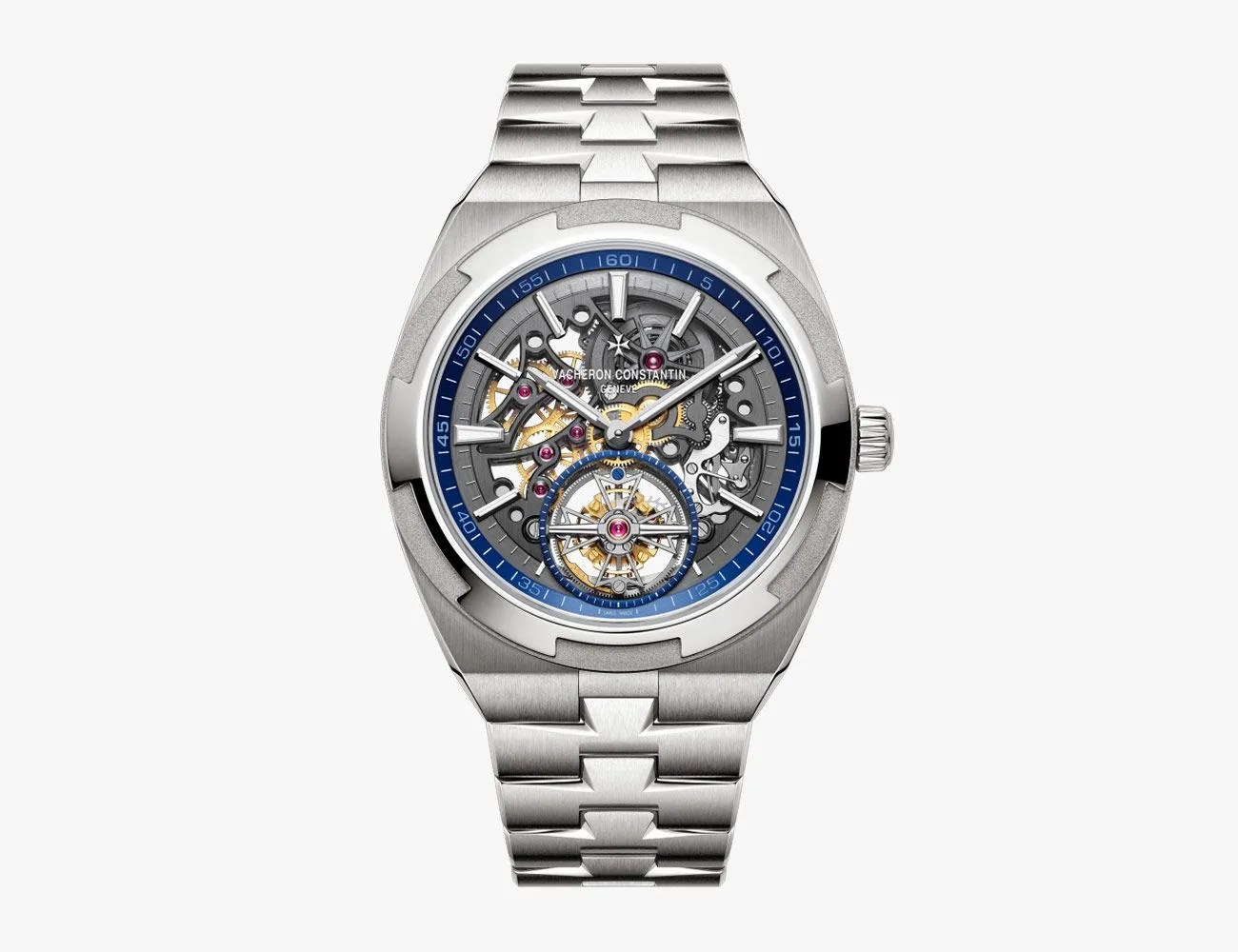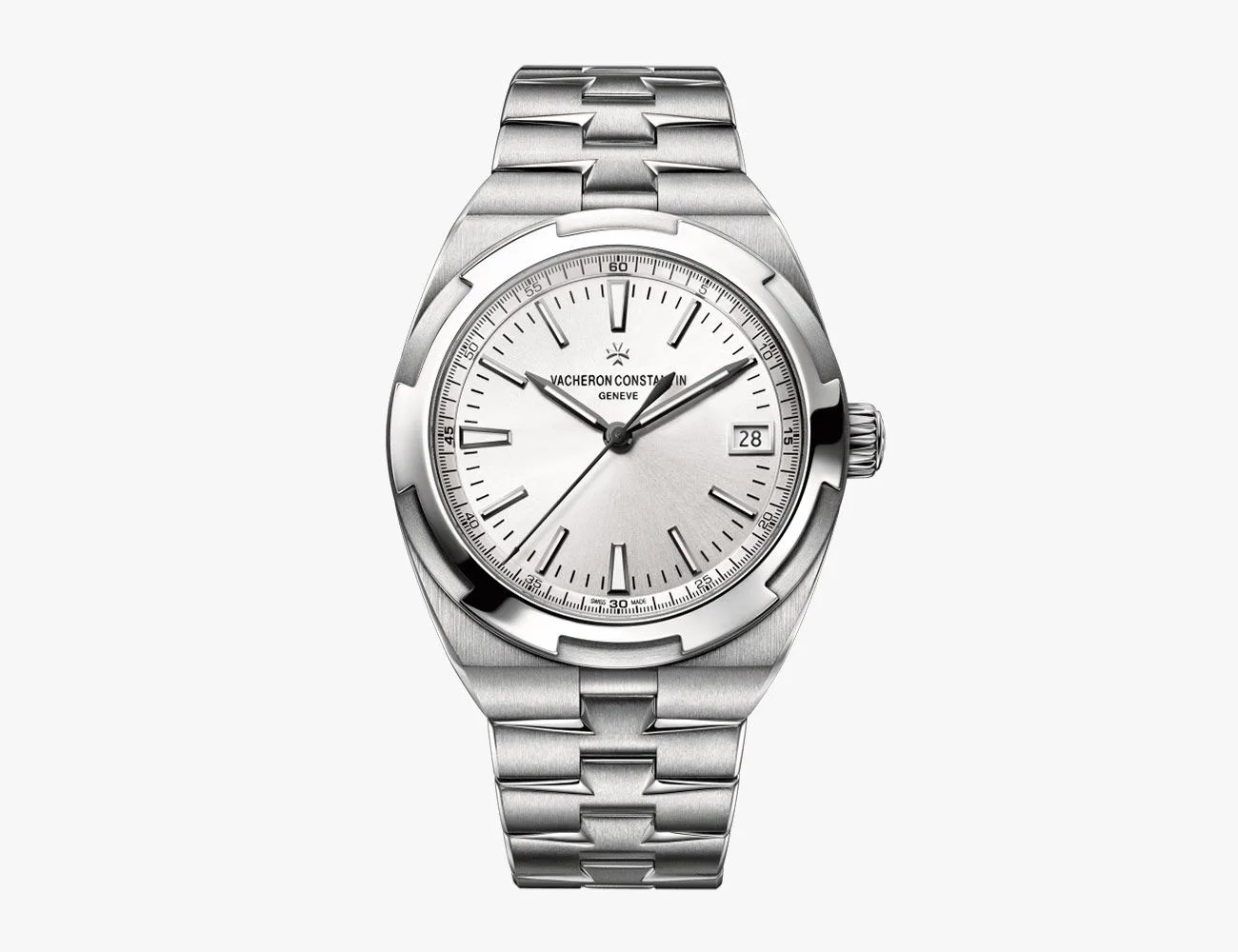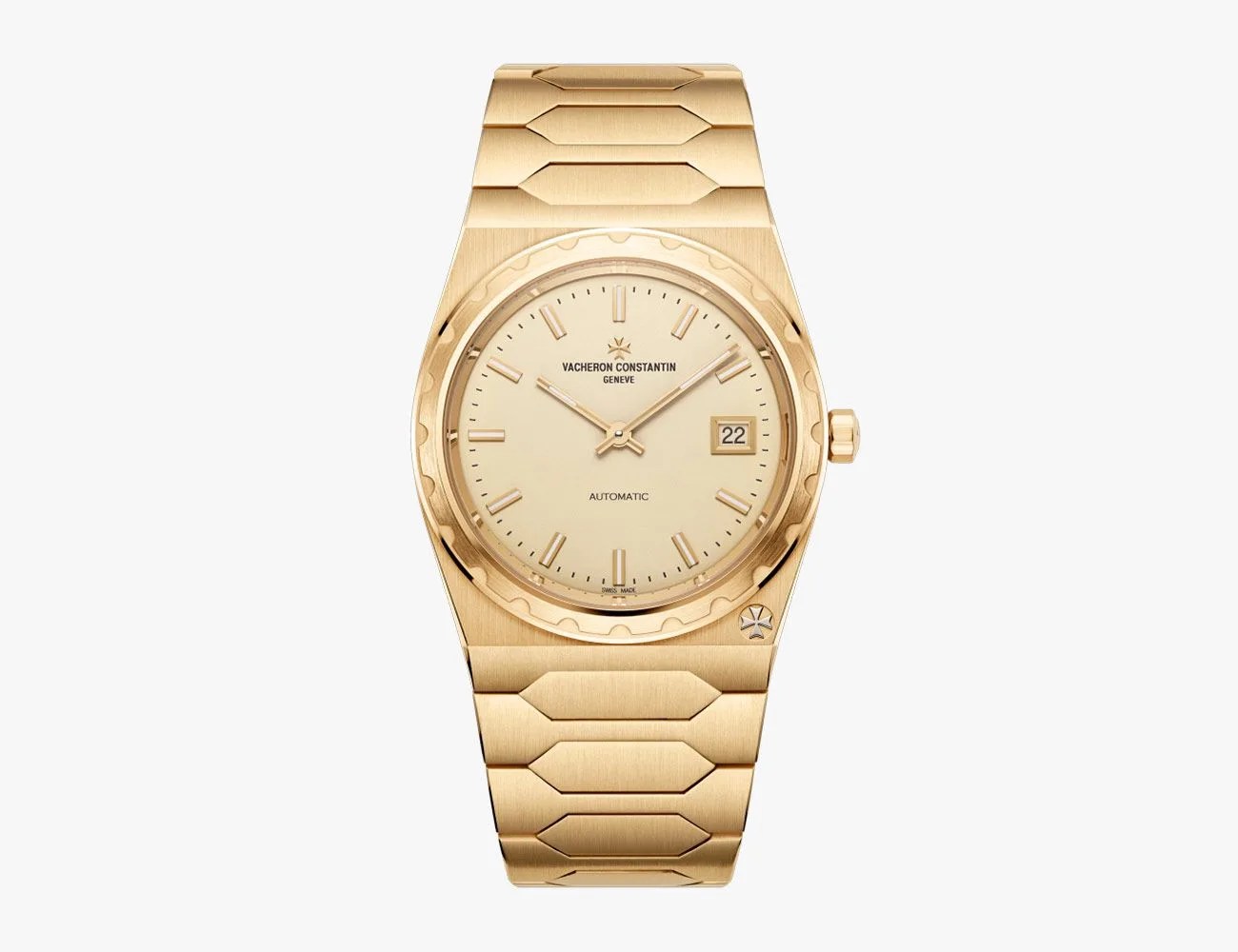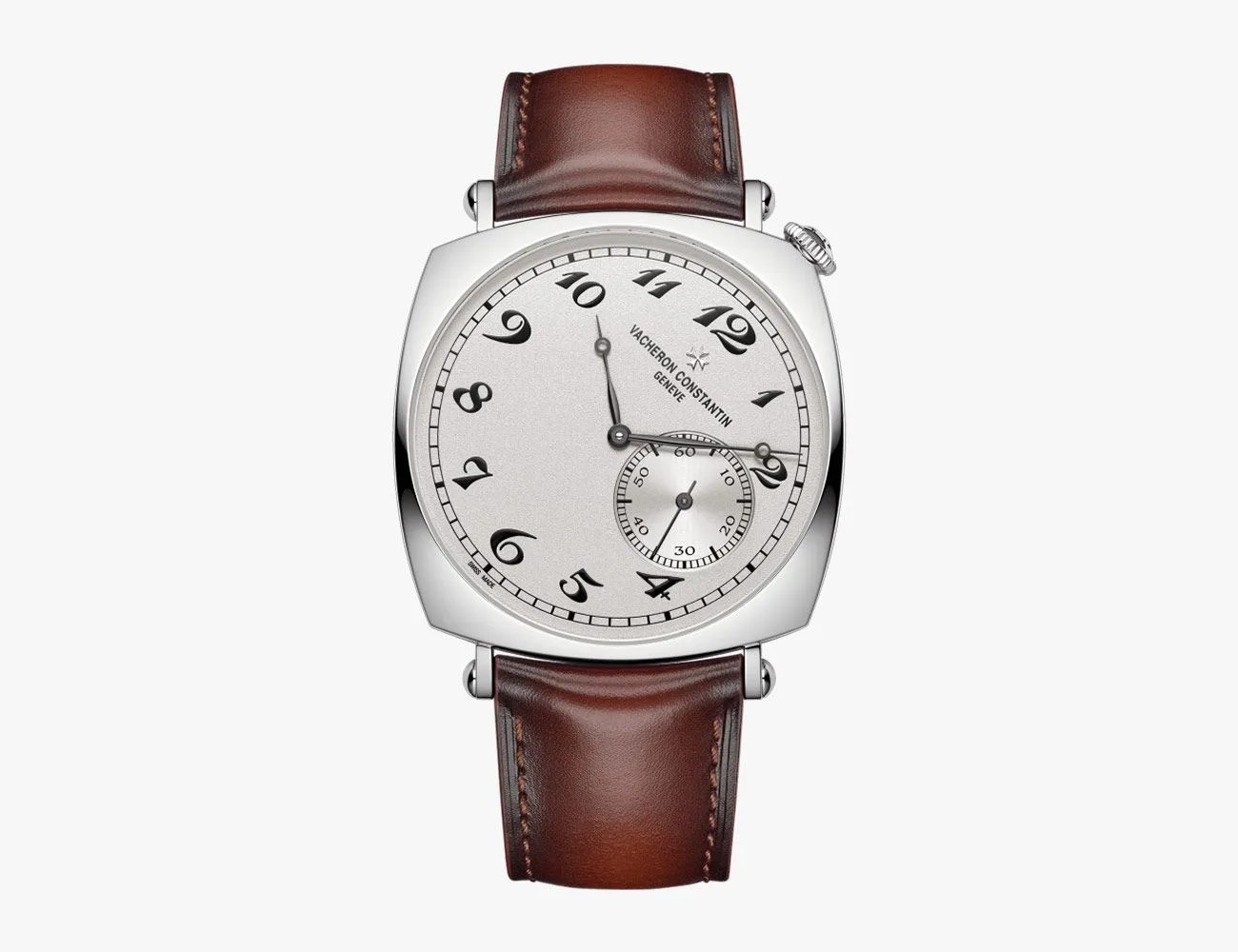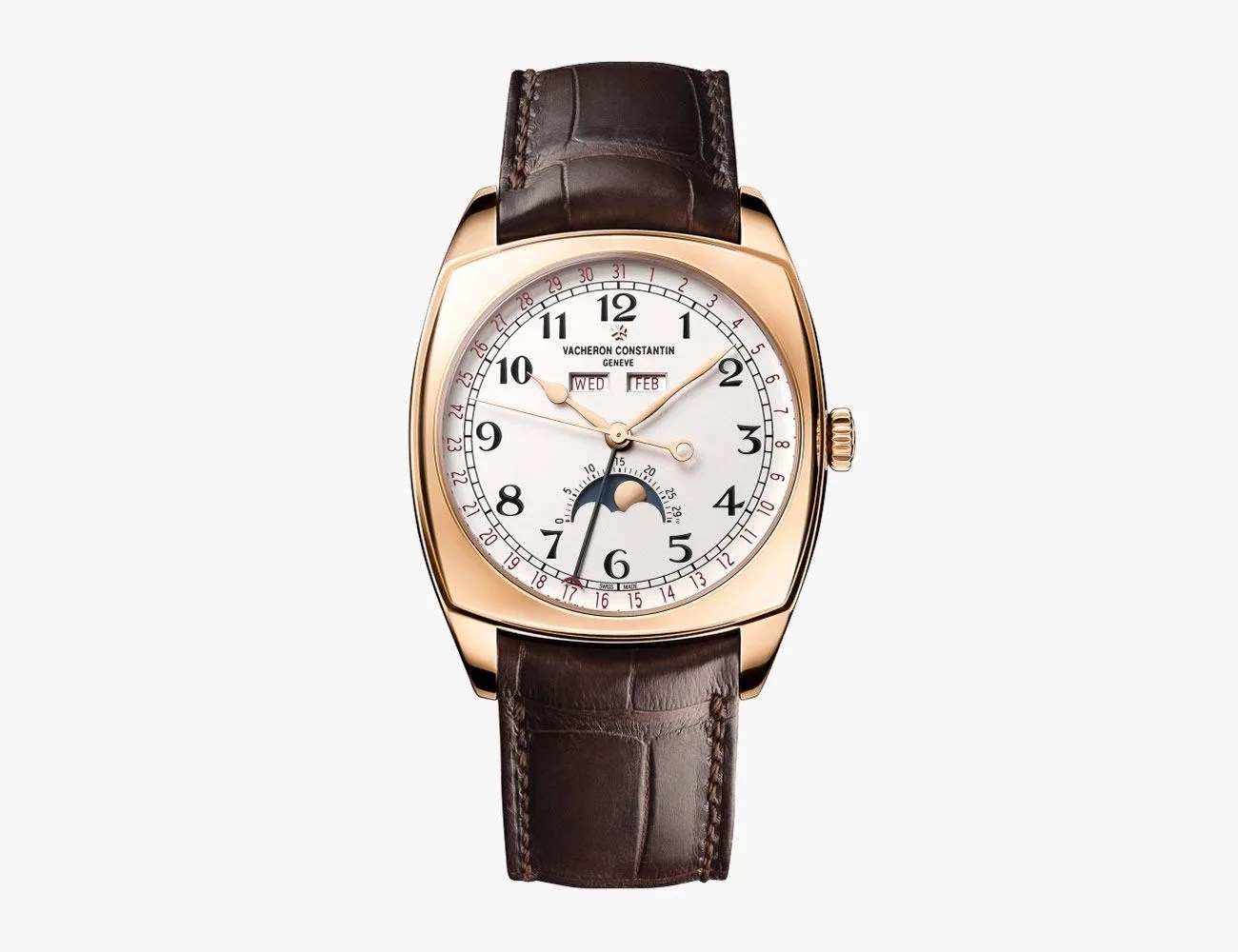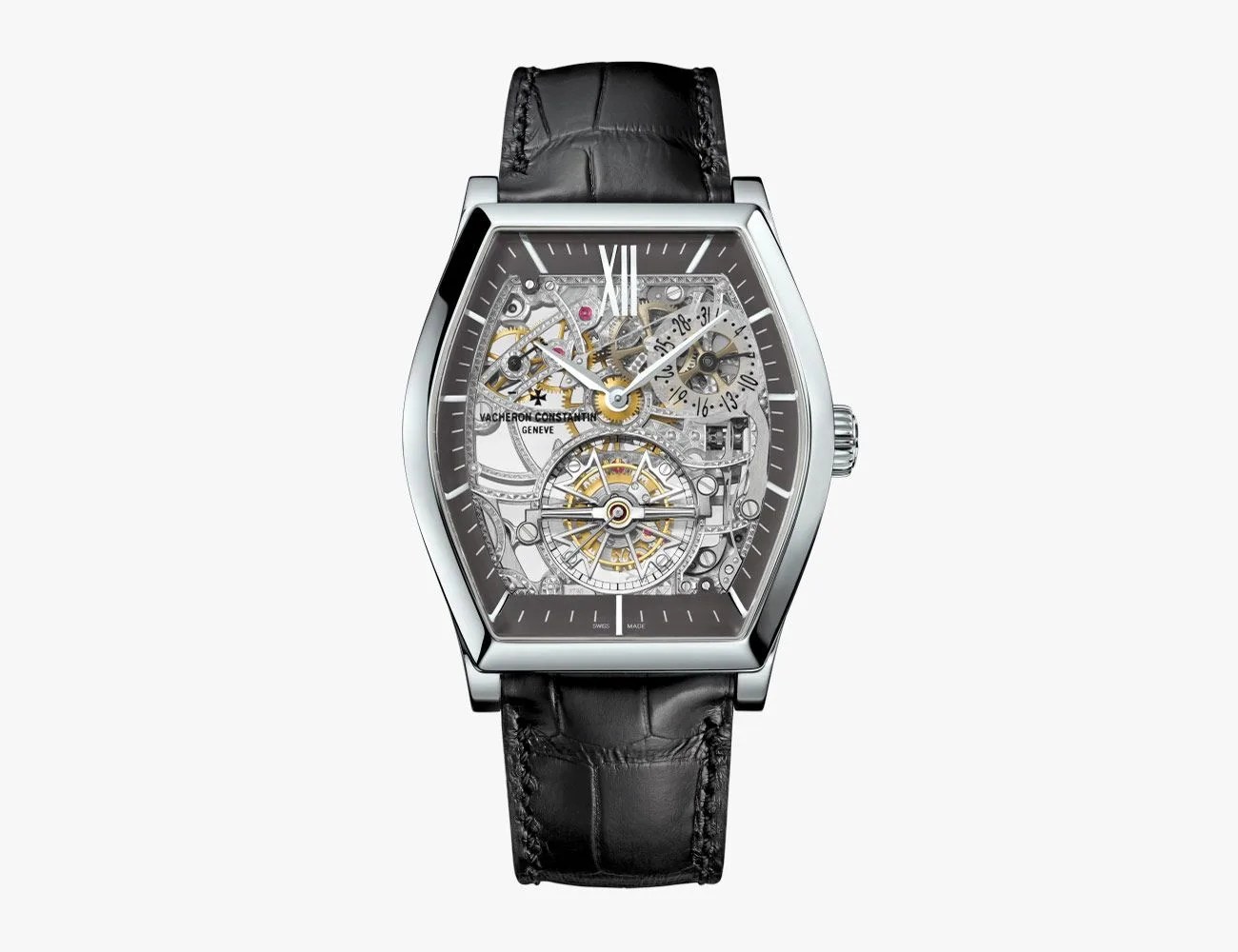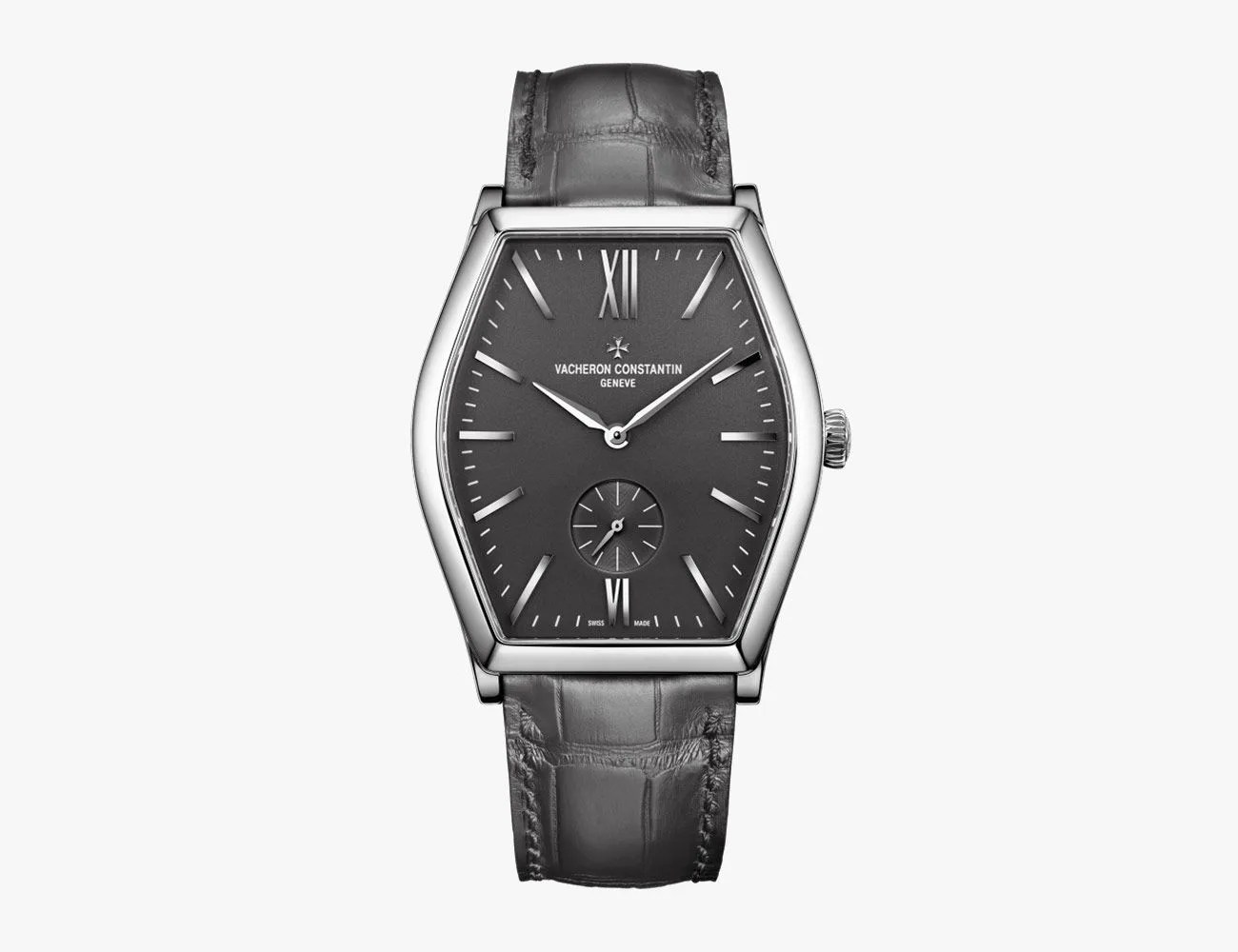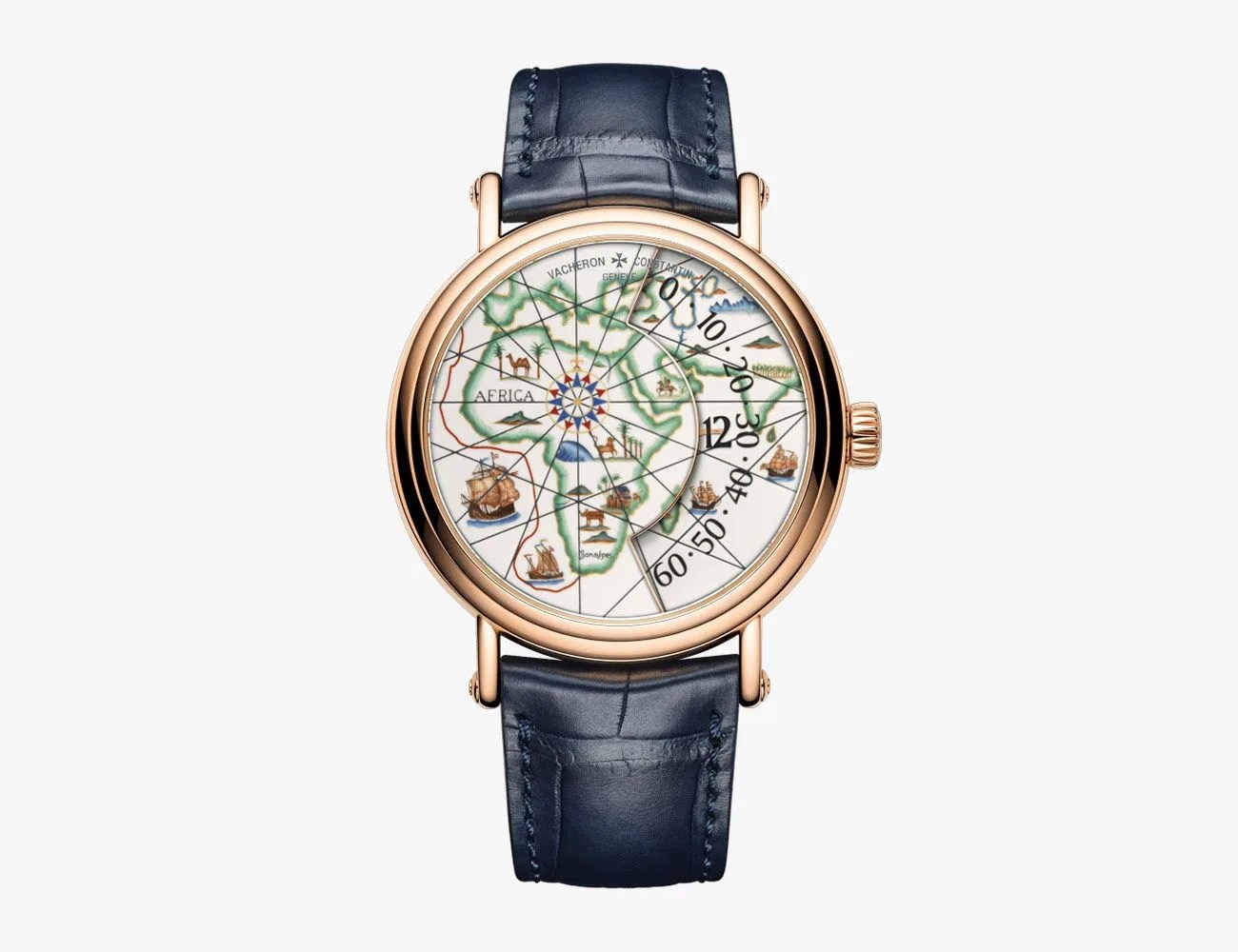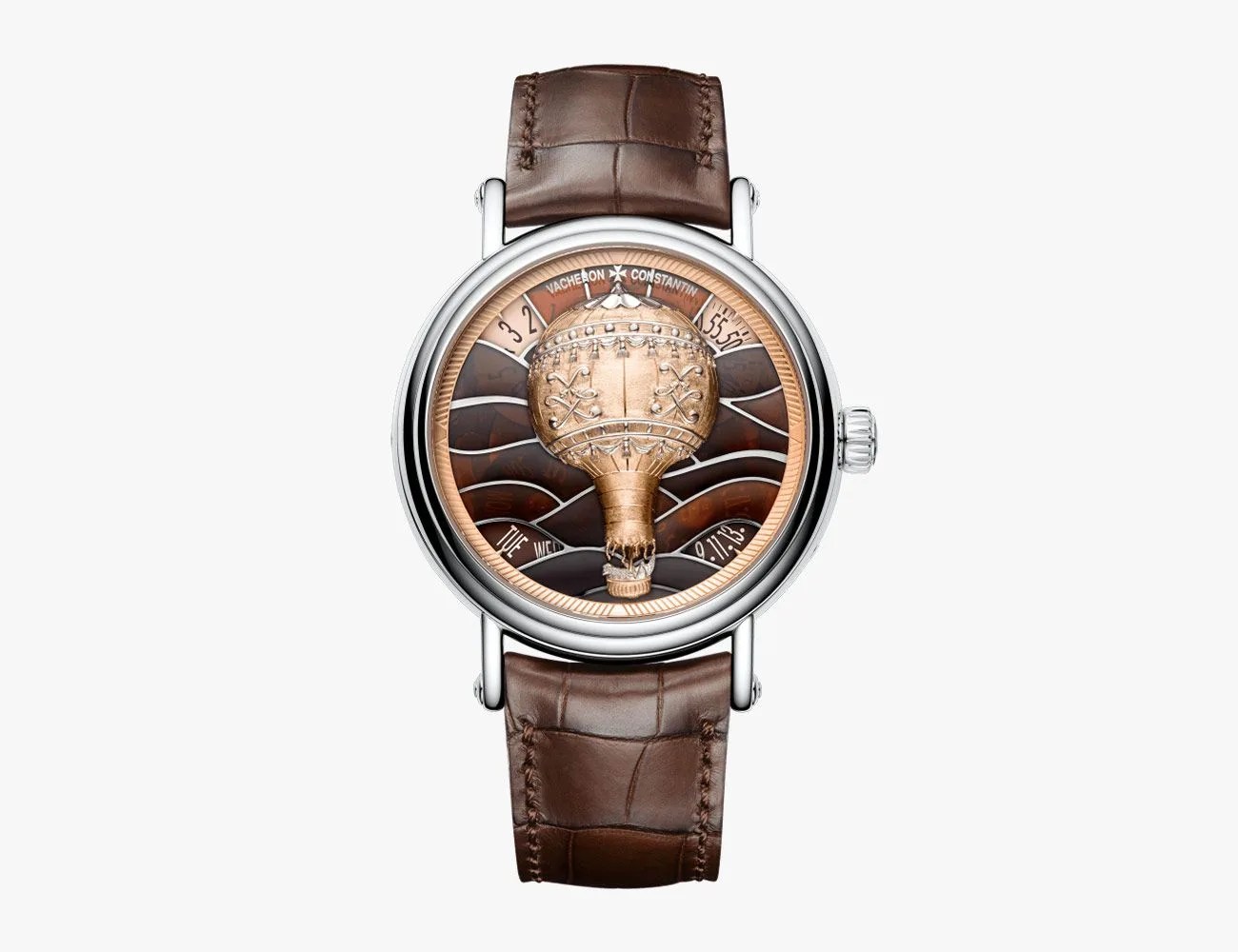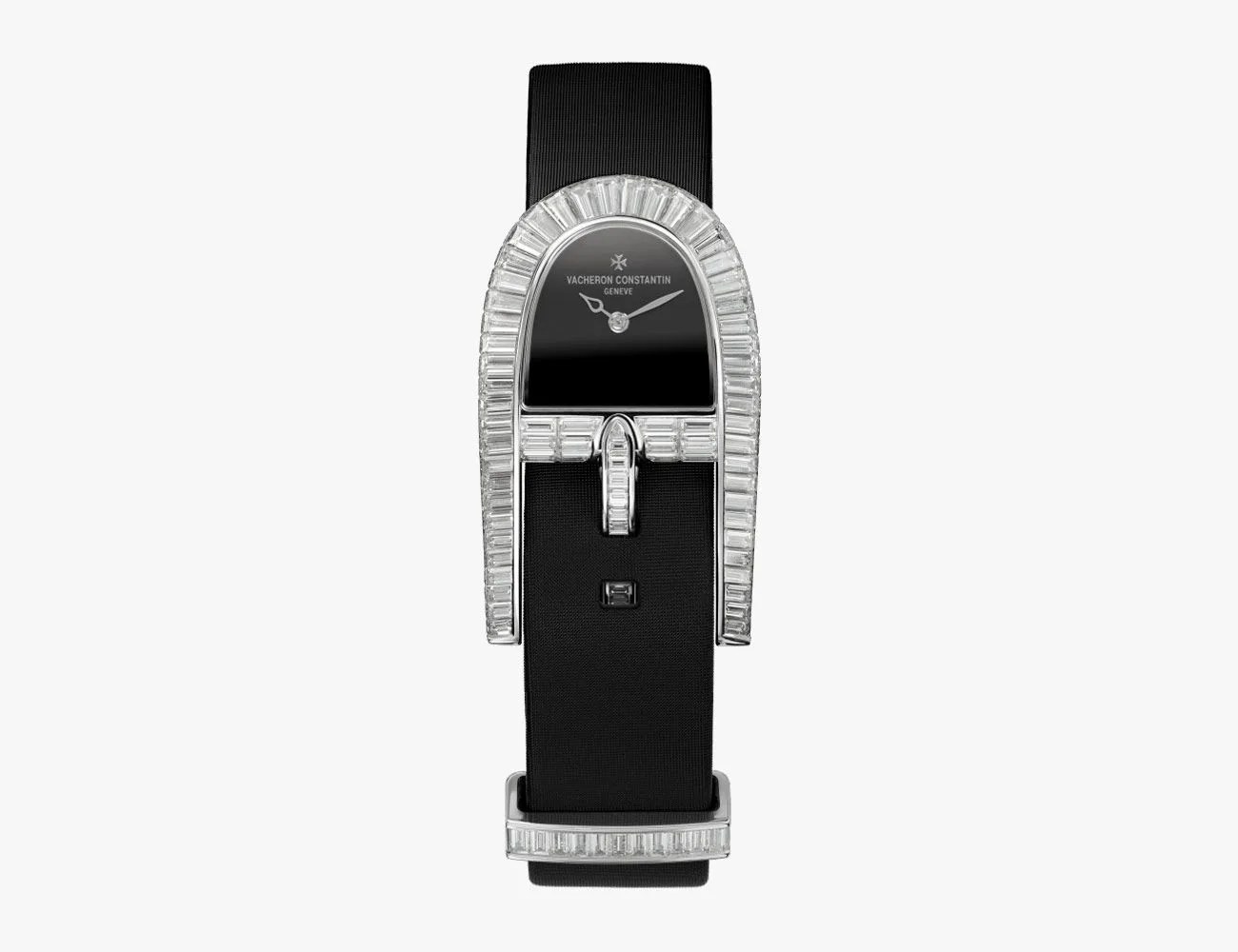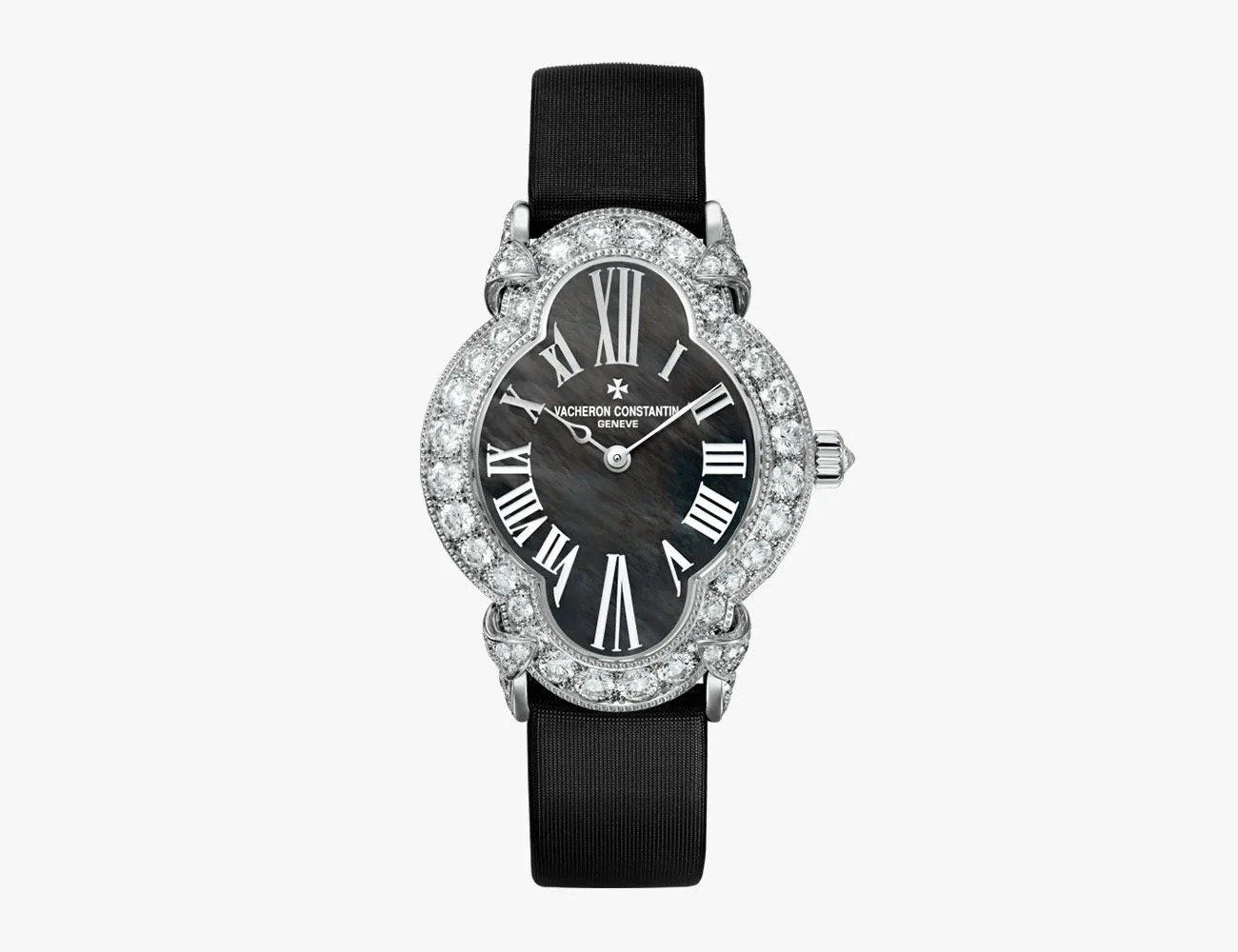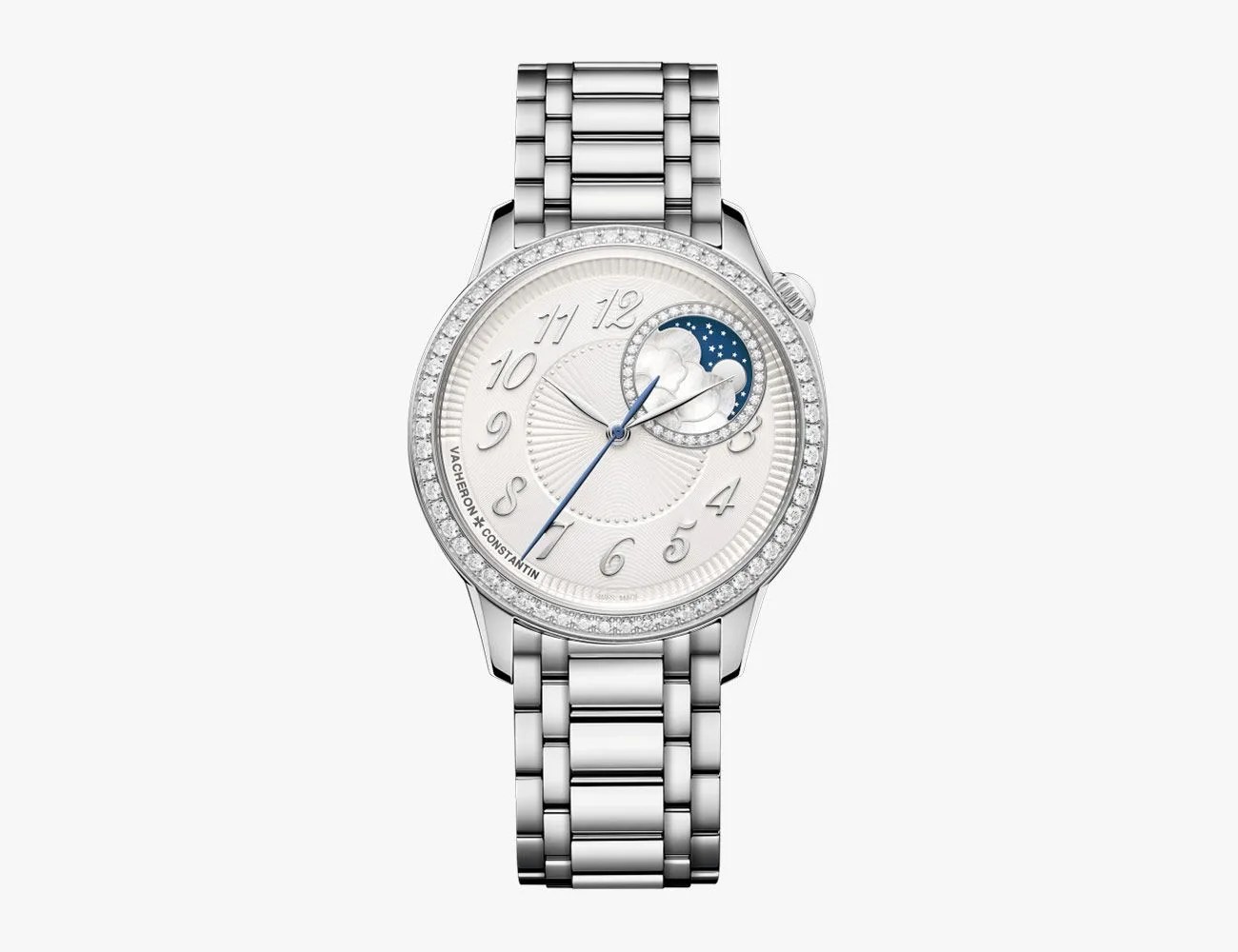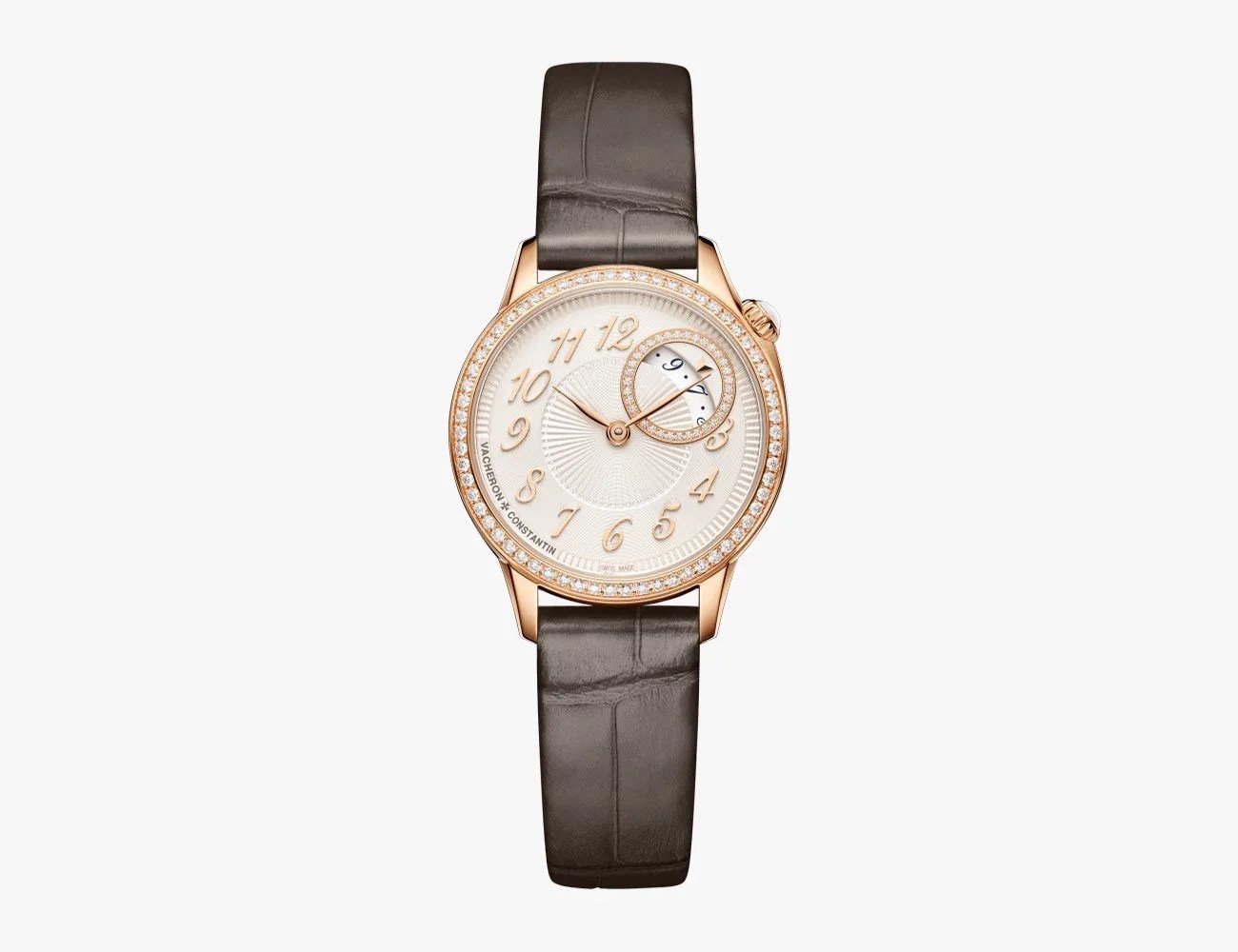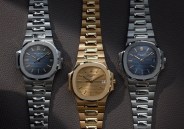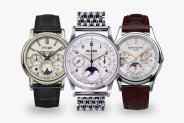Welcome to Brand Breakdown, a series of comprehensive yet easy-to-digest guides to your favorite companies, with insights and information you won’t find on the average About page.
Vacheron Constantin is the oldest continuously operating watchmaker in the world. It’s also one of the most prestigious watch brands, sometimes counted among a “Holy Trinity” of high-horology marques by collectors alongside Patek Philippe and Audemars Piguet. Vacheron’s catalog can get esoteric, but as any dedicated collector knows, it’s worth the deep dive.
At over 250 years old, Vacheron Constantin’s works are often brimming with exotic crafts and techniques that feel as if of a distant era. Since 1755, the brand has maintained one of the very few remaining bespoke services, referred to as Les Cabinotiers, and this accounts for no small part of its business to this day. Vacheron has gone to lengths to protect its reputation as a producer of one-off, custom creations.
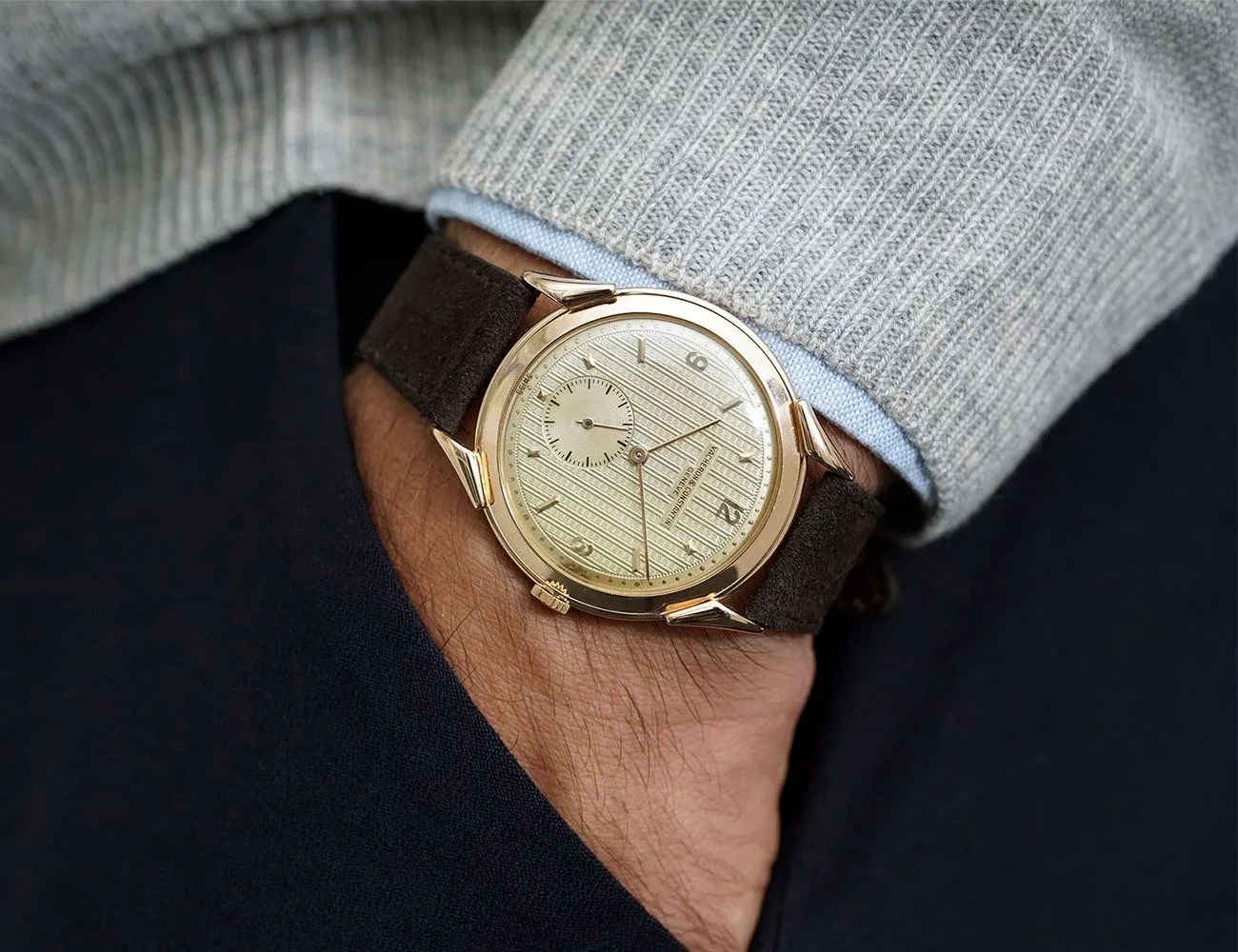 Phillips
PhillipsIn fact, Vacheron was very slow to adopt mass production techniques at all. However, as royal wealth dwindled and middle class demands for affordable wrist watches rose in the early 20th century, Vacheron partnered with acclaimed movement maker Jaeger-LeCoultre in 1932. That partnership marks the beginning of Vacheron using interchangeable parts to more quickly produce (and repair) wrist watches in a modern manner.
Even though the movements were uniformly produced, Vacheron typically only produced a couple dozen variants of each reference. Dials, markers, seconds-hand placement, and case metals were endlessly changed up, such that it’s rare to find two identical vintage Vacheron wrist watches until the 1970s.
By the 1970s, Vacheron Constantin was playing along with the trend toward elegant sport watches, and this spawned some of their most desirable and fascinating models, such as the newly reissued 222, which was in the style of the Audemars Piguet Royal Oak. Still, production numbers were low for the 222, and examples are quite rare.
